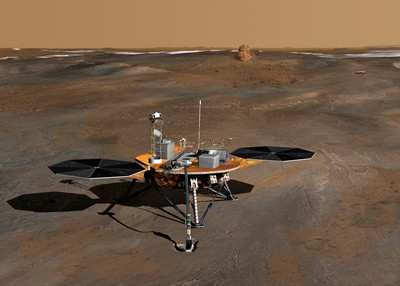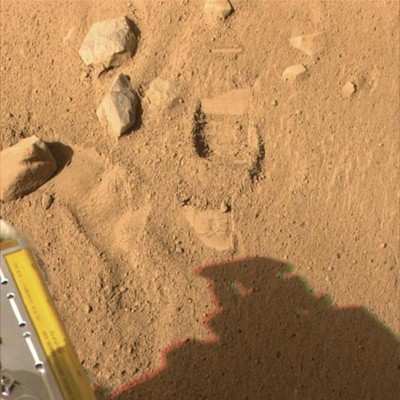Thu, Jun 05, 2008
Advertisement
More News
 Aero-News: Quote of the Day (11.02.25)
Aero-News: Quote of the Day (11.02.25)
"Aero-News has been working with SUN n FUN as their media partner for the better part of a decade and gotten to know their crew quite well... but this cooperative undertaking has p>[...]
 ANN's Daily Aero-Term (11.02.25): Inner-Approach OFZ
ANN's Daily Aero-Term (11.02.25): Inner-Approach OFZ
Inner-Approach OFZ The inner-approach OFZ is a defined volume of airspace centered on the approach area. The inner-approach OFZ applies only to runways with an approach lighting sy>[...]
 Classic Aero-TV: MultiGP Drone Racing - Aviations New Action Sport
Classic Aero-TV: MultiGP Drone Racing - Aviations New Action Sport
From 2017 (YouTube Edition): Pilots Competed For $10,000 For A First Place Finish… Drone Racing came to the Sebring Sport Aviation Expo in January, with pilots competing for>[...]
 ANN's Daily Aero-Term (11.03.25): On-Course Indication
ANN's Daily Aero-Term (11.03.25): On-Course Indication
On-Course Indication An indication on an instrument, which provides the pilot a visual means of determining that the aircraft is located on the centerline of a given navigational t>[...]
 Airborne 10.29.25: X-59 Flies!!!, Kings Aid CFIs, Shutdown Hurts ATC Training
Airborne 10.29.25: X-59 Flies!!!, Kings Aid CFIs, Shutdown Hurts ATC Training
Also: AIR Loses eVTOL Demonstrator, USCG Getting New Helos, Freighter Fleet To Grow, US Army Falls Behind Lockheed Martin Skunk Works, in partnership with NASA, successfully comple>[...]
blog comments powered by Disqus






